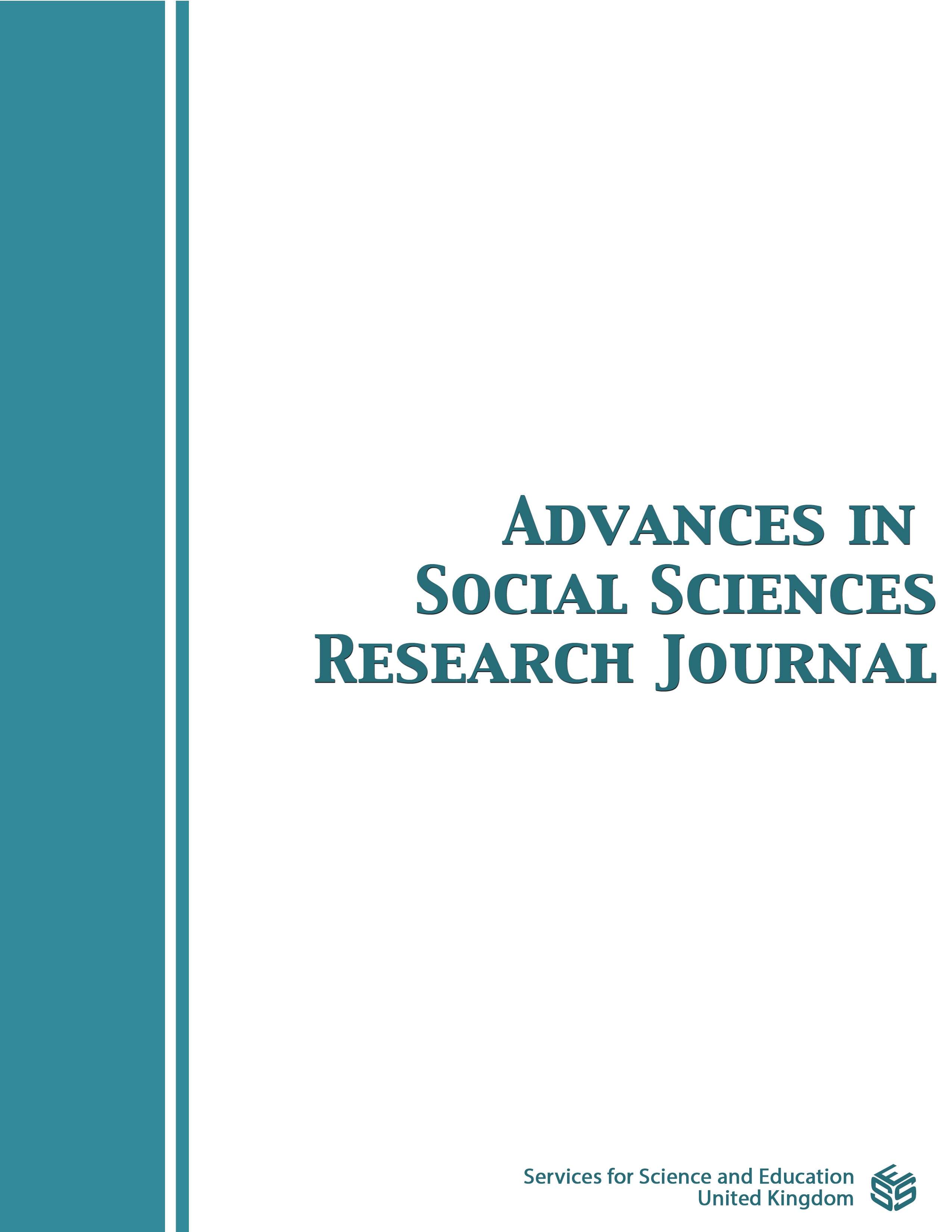Leading with Integrity: Revealing the Nexus in Private Sector Dynamics between Ethical Leadership and Employee Engagement
DOI:
https://doi.org/10.14738/assrj.113.16722Keywords:
Job Engagement, Ethical Leadership, Ethics, PakistanAbstract
With a focus on the south-northern region of the Punjab, Pakistan this quantitative correlational study explores the relationship between work engagement and ethical leadership in private enterprises within a developed geographic area. Based on the theoretical framework of ethical leadership theory by Brown et al. and the conceptual dimensions of work engagement by Schaufeli and Bakker, this study uses survey data from the Ethical Leadership Scale (ELS) and the Utrecht Work Engagement Scale (UWES) to examine 150 conveniently sampled employees. The results, which were obtained using Pearson correlation analysis in SPSS V.24, provide strong evidence against the null hypothesis and show a substantial link between ethical leadership and total job engagement. Furthermore, particular job engagement dimensions—such as vigor, devotion, and absorption—show strong connections with ethical leadership in south-northern private enterprises. As a result, the results highlight the significance of ethical leadership in encouraging higher levels of employee engagement at work, offering insightful information to private enterprises looking to maximize worker productivity and results. In order to favorably impact the many aspects of work engagement and enhance the general well-being and productivity of employees in the private sector, especially in the south-northern region in Punjab, Pakistan the study suggests making strategic investments in ethical leadership.
Downloads
Published
How to Cite
Issue
Section
License
Copyright (c) 2024 Asifa Younas, Kashif Saleem

This work is licensed under a Creative Commons Attribution 4.0 International License.
Authors wishing to include figures, tables, or text passages that have already been published elsewhere are required to obtain permission from the copyright owner(s) for both the print and online format and to include evidence that such permission has been granted when submitting their papers. Any material received without such evidence will be assumed to originate from the authors.






